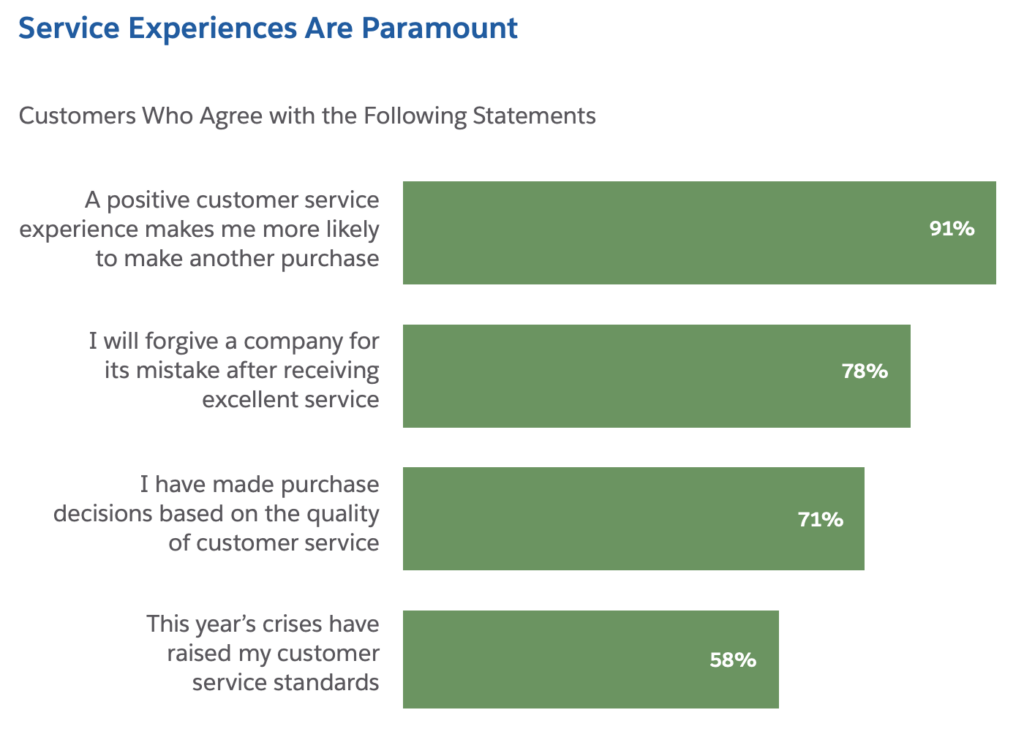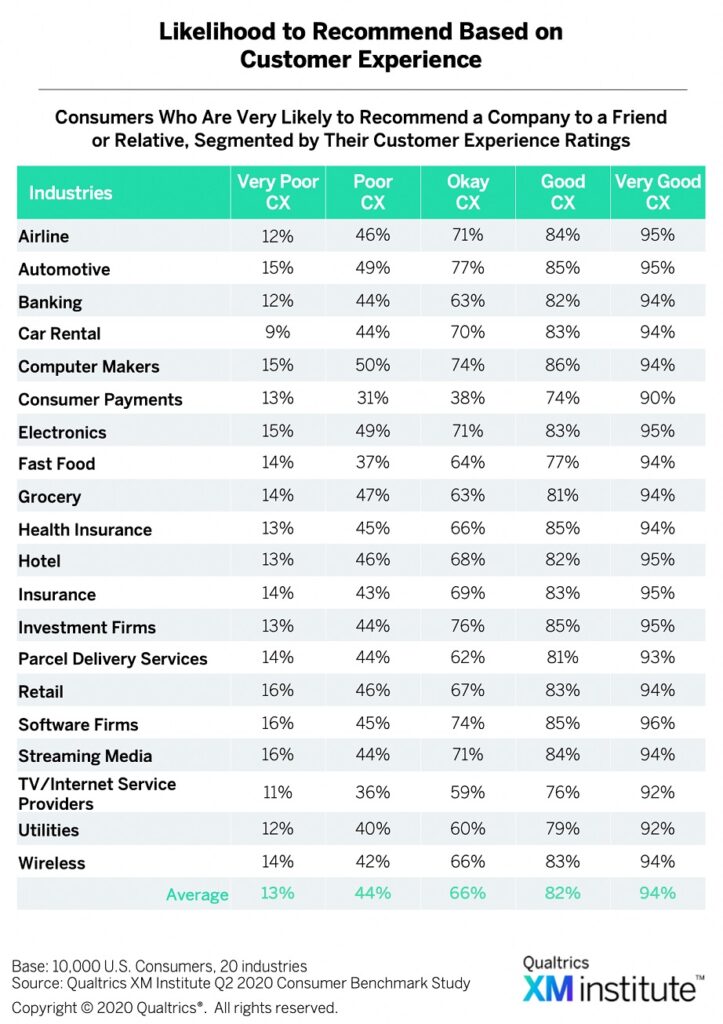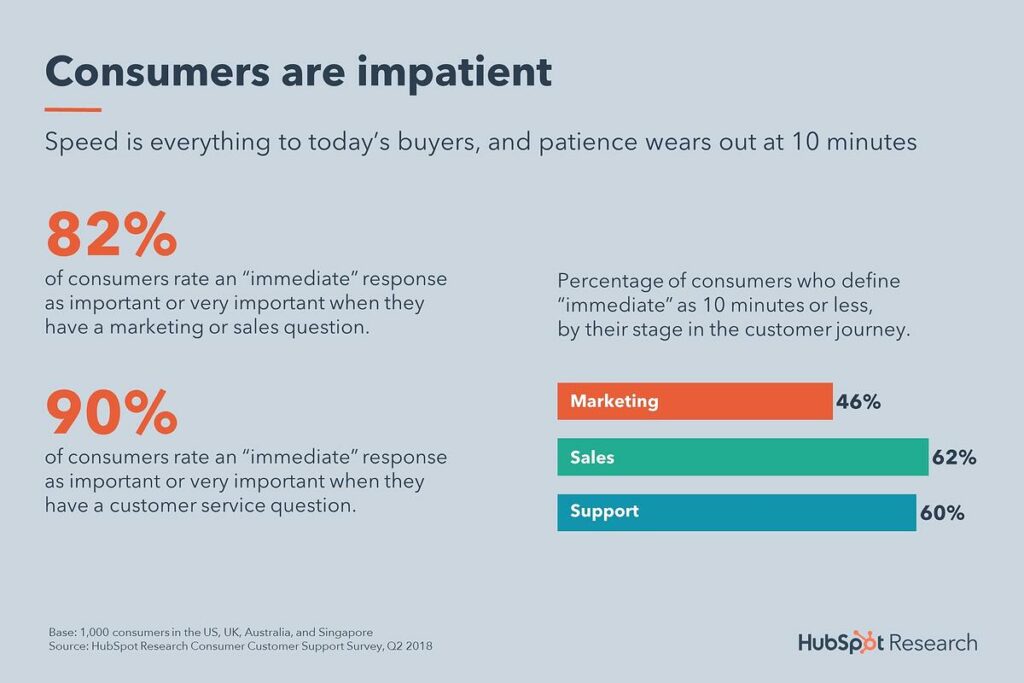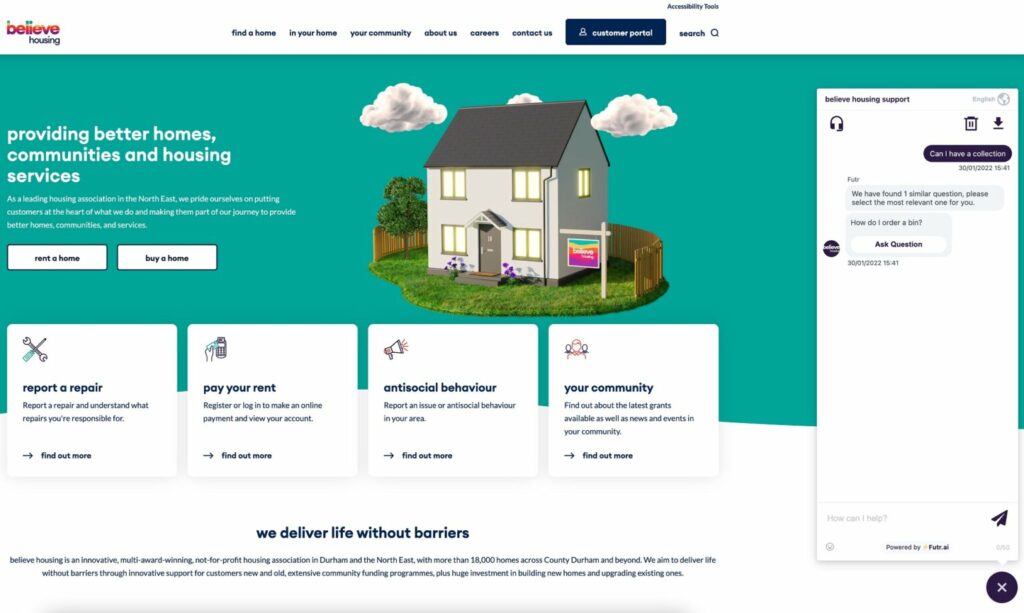The first two years of the pandemic have not only been a trying time for businesses in terms of revenue, but they’ve also been a period of trial and error — of learning from common customer service mistakes and creating new customer experiences.
It’s no secret that the COVID-19 pandemic has been a turbulent period for businesses worldwide. Whether it’s because of the economic downturn that began in 2020 or the sudden and unprecedented shift to eCommerce and curbside delivery, businesses of all sizes across all industries have had to rethink their service delivery models and how they provide value to customers.
One thing, however, remains unchanged: customers still expect brands to provide excellent customer service. If anything, these expectations increased even further amid lockdowns, which left customers to focus more on how brands show care and offer value.
Here’s a quick look at how customers have perceived customer service over the past two years.
Related Reading: 5 Customer relations lessons to remember in a post-pandemic world
Customer service by the numbers: 5 key stats you should know in 2022
- 78% of customer service professionals saw an increased number of customers using self-service during the pandemic. (Salesforce)

- 78% of customers will forgive mistakes if brands respond with excellent customer service. (Salesforce)

- Businesses with excellent customer service generate 4% to 8% more revenue than their competitor organisations. (Bain & Company)
- Customer service has a direct impact on customer retention. A 5% increase in customer retention rates can increase business profits by up to 95%. (Bain & Company)
- 94% of customers will recommend brands that provide a “very good” customer experience to their friends and family (Qualtrics XM)

Are you guilty of these common customer service mistakes?
While consumer activity in the UK is showing signs of returning to pre-pandemic levels, many changes, such as expectations for 24/7 support and online-first spending, are likely to stick around for good.
This situation presents an opportunity for brands to assess their service strategies and take proactive action to prevent the following damaging customer service mistakes.
1. Allowing slow customer service to define your brand
Delivering solid customer service is good, but providing timely customer service every time your customers need it is even better. The online nature of modern customer service means that consumers now expect brands to be there for them everywhere and at a moment’s notice.
According to HubSpot, 90% of customers think an “immediate” response — 10 minutes or less — to customer service queries is “important” or “very important”.

Customers are more likely than ever to have a negative view of your brand if they have to be put on hold for several minutes just to speak with one of your agents.
Futr Tip: Customer service chatbots offer the perfect solution for automating swift responses to common customer queries, such as:
- Do you have [ITEM] in stock?
- Do you ship to [LOCATION]?
- My item arrived defective; how do I return it?
- What is your warranty policy?
So long as they get answers to their questions, 40% of shoppers don’t care if they’re talking to an actual person or artificial intelligence (AI).
Related Reading: 17 Chatbot benefits to customers: The essential introduction to chatbots in 2022
2. Not using data to enhance the customer experience
According to research by McKinsey, organisations that leverage customer behavioural insights outperform their competition by 85% sales growth and at least 25% in gross margins. The reason is simple: insights from verifiable data lead to smarter and more effective decision-making.
Customer service is a data-rich environment where analytics can solve many core challenges businesses face. These include:
- Finding ways to improve customer conversion rates
- Creating personalised and effective marketing messages that resonate with your target audience segments
- Predicting and avoiding customer churn
- Reducing the customer acquisition cost and improving customer retention rates.
Futr Tip: One way to create a helpful customer experience with data is to automate marketing messages based on past shopping and browsing behaviours. For instance, you can use product recommendation systems to upsell and cross-sell items customers would most likely be interested in, saving customers time looking around your online store and expediting conversions.
3. Not addressing burnout in your customer service team
This mistake is often why customer service teams take so long to respond to queries and/or don’t have the energy to engage with customers.
Stress and burnout have always been prevalent in customer service; a Cornell University study, for example, found that 87% of contact centre workers report high or very high levels of work stress. The pandemic has exacerbated the problem even further as work-from-home procedures and high call volumes took a toll on customer service teams.
Futr Tip: Chatbots can handle the majority of routine and repetitive questions your live agents receive, allowing them to focus on more complex conversations that need a human touch. According to Gartner, organisations can reduce the volume of calls, chat messages and emails their customer service teams handle by up to 70% with customer service chatbots.

believe housing, one of the largest housing associations in the northeast of England, was able to automatically resolve 91% of annualised queries using chatbots, leaving their live agents to engage and focus on the remaining 9% of queries.
Related reading: believe housing case study
4. Reducing investments in customer service
In a turbulent period like COVID-19, it can be tempting to include customer service in your list of cost-cutting measures.
But as a McKinsey & Company report explains, “In times of crisis, a customer’s interaction with a company can trigger an immediate and lingering effect on his or her sense of trust and loyalty.” The data backs this up, too – organisations focussing on customer service (or customer experience leaders) during the Great Recession generated three times more returns than customer service laggards.

Futr Tip: Reducing costs and investing in customer service aren’t mutually exclusive. Investing in customer service management (CRM) software, chatbots and digital communication tools comes with an upfront cost, but the efficiencies they introduce to your customer service processes will pay off for your initial investment and generate savings in the long run.
Related reading: Chatbot terminology guide for newcomers: 12 terms you should know
Follow the Futr blog to get more insights on how to digitally transform your customer service capabilities in a post-pandemic consumer world.
Get in touch with the Futr team to learn how our live chat and AI chatbot platform can be deployed to your customer service channels. Better yet, sign up for a FREE four-week trial or schedule a free demo of our technology.

